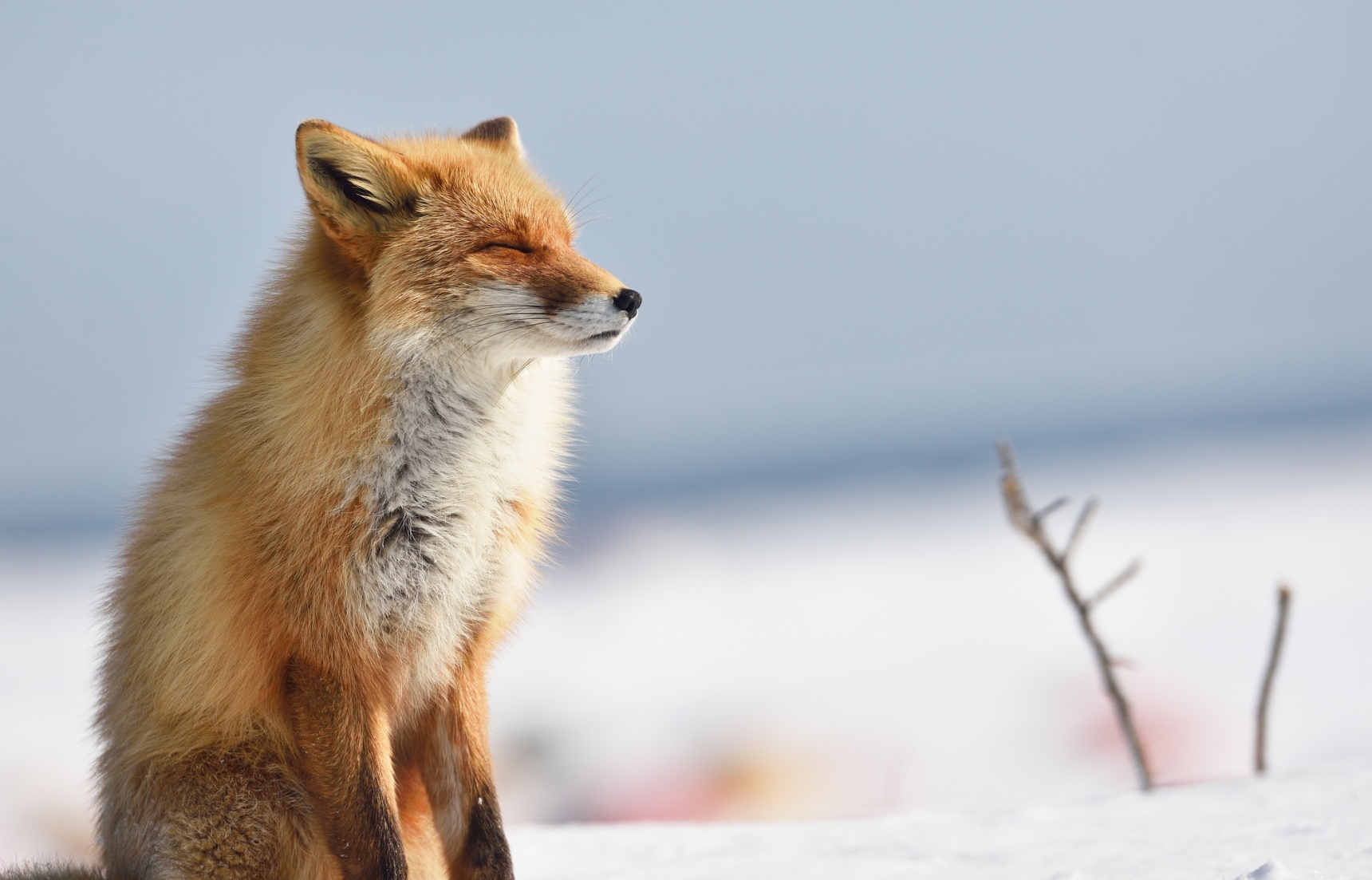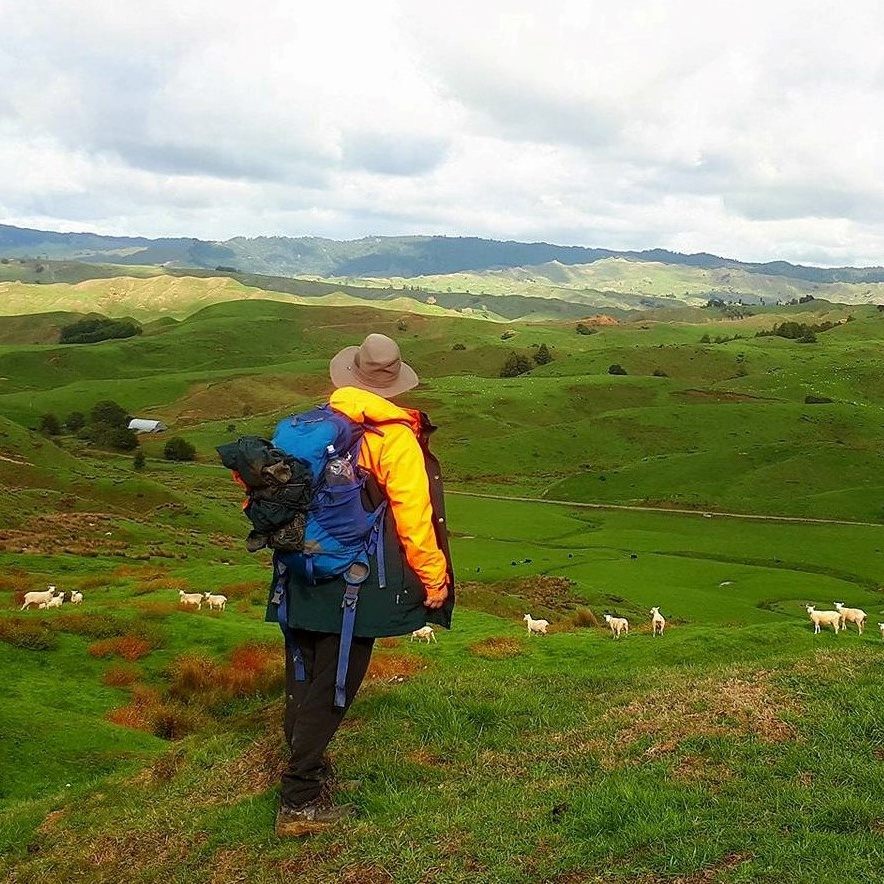Top 10 Japanese Animals and Where to Find Them
Japan is famous for its unique culture and history. Think temples, samurai and kimono. But did you know Japan is also rich in nature? Find out why wildlife watching should be on your to-do list for traveling to Japan!
By Eli SookerIn fact, Japan’s culture evolved alongside nature and the two share an intimate relationship. Why else do you imagine festivals celebrating cherry blossom blooms or reddening autumn “leaf-turns” and daily dips into local hot springs are so highly valued in Japanese society? With 69% of its land covered in forest and volcanic mountain ranges saddling its centres, there is plenty of hiking, hot spring dipping, camping and a host of other outdoor activities possible here. Amidst the wilderness, naturally, there are also many unique endemic species of wildlife. And that’s why wildlife watching should be on your to-do list for traveling to Japan!
A Quick Note on Ethics
While it may be easy to see these species in a zoo, the conditions of many zoos in Japan are admittedly not as great as one might hope. This isn’t an issue I’m going to go into in this article, but for various reasons I strongly encourage taking a wildlife tour or attempting to spot for animals while taking a hike on a well-established trail instead. Wildlife parks are also a decent option. While not entirely natural, they are a step above many zoos, as animals are fed by the park staff at set times only and otherwise left to their own devices. They also reduce the problem of people feeding food to wild animals at random. (This is a problem for two reasons. If they become used to humans and human food, they’re more likely to eat crops or approach livestock. This affects the livelihood of local farmers and usually results in animals being killed to protect farms. Secondly, the animals pose a safety hazard and will be killed to prevent risk of attacks on humans.)
Though I will make some zoo recommendations for species which are difficult to spot, I will stick to zoos which I have heard good things about. Since I don’t personally go to zoos in Japan after seeing my first few free zoos here, I can’t tell you exactly what those zoos are going to be like, though.
1. Serow (カモシカ "Kamoshika")
https://elisooker.wordpress.com/
Looking at its photo, you might be thinking, what on earth is this creature? A donkey? A goat? Actually, serows are ungulates, meaning they’re relatives of cows.
If you’ve ever seen the Studio Ghibli film “Princess Mononoke”, you might be curious to know that the Forest Spirit character is based on this mysterious animal. Sure enough, they do have a very spirit-like air about them and an encounter with a serow is one you’re unlikely to forget!
The Japanese Serow species is endemic to Japan and and can’t be found anywhere else in the world. Wow!
Serow can be spotted in mountainous areas in Honshu and Shikoku. If you’re going hiking up a mountain, keep your eyes peeled for serow. It may be worth bringing binoculars to scout the open areas too. A popular place they are spotted is Hakuba, well known as a winter sports resort and for hosting the Winter Olympics some years ago. If you catch the first ski lifts early in the morning, you have a high chance of spotting them, however they have also been seen from roads in the area throughout the day.
If you want to 100% guarantee a wild serow sighting, why not join Picchio Wildlife Research Centre’s tour? While on the pricier side, the tour includes a guided hike, lunch on the mountain and the insight of professional guides. They have a number of English-speaking guides, and are located just an hour and a half Shinkansen from Tokyo.
2. Snow Monkey/ Japanese Macaque (サル "Saru")
A lot of people have heard of or seen Japan’s “snow monkeys”, thanks to their now well dated debut with David Attenborough on BBC. These are the northernmost living primates in the world and the only ones to live in a climate with snowfall.
You can see them at “Jigokudani Monkey Park” in Nagano Prefecture, the very same place David Attenborough visited. It’s located in the same region as Hakuba and you can even see serows on the far banks across the river from time to time, too!
It’s a joy to watch the humanlike interactions between members of the same monkey tribe or “troop”, not to mention seeing them take a dip in the hot springs inside the park! These monkeys are very used to humans and won’t hesitate to approach within an arms length of you. Winter is the most popular season for visiting and it’s usually crowded with foreign tourists. Japanese, on the other hand, are few in number and the park is not well known nationally despite its fame on the worldwide stage.
If you’re not going north of Tokyo but south to Kyoto and Osaka, Arashiyama Monkey Park in Kyoto is another popular viewing spot. If you want to get away from the crowds altogether, try Odo Monkey Park in Shikoku island. It’s networked with walking trails sporting stunning views of the ocean and rocky coast. Shikoku is a great holiday destination altogether, and well off the beaten track for most foreign tourists.
3. Bears (クマ "Kuma)
Although you probably don’t have the image of island nation Japan as the home of any large dangerous animal, there are in fact two species of bear living here. The Asiatic black bear or “moon bear” as it’s called in Japanese (named after the crescent moon marking on their chest), which inhabits Japan’s main island Honshu and the smaller Shikoku; and the brown bear (as in, the same species as grizzlies!) of the northern island Hokkaido.
Japan continues to wrestle with an increasing bear-human coexistence problem (read more here), but the upside of this is, for nature-loving Japan explorers like ourselves, it’s relatively easy to see bears. Visiting UNESCO World Heritage site Shiretoko National Park, you’re warned multiple times by signboards, locals and the visitor centre staff, that you could encounter a bear anywhere in the area. Thankfully, Shiretoko is on top of its bear management, and bear bells and spray is available for purchase and rent at the Nature Centre, as well as information on what to do during a bear encounter. Although bears can be spotted anytime from spring to autumn, they’re more visible during the salmon runs twice a year, in the beginning of September and middle of October.
Shiretoko is well geared towards visitors including English speakers. Multiple companies run boat tours around the spectacular coast of Shiretoko, and you’re almost guaranteed to spot at least one bear, possibly with a cub in tow! I recommend Fox Cruises in Utoro village; the owner, Kentaro, is an enthusiastic English speaker. Whales, dolphins and endangered sea eagles are other highlights of his tour.
Asiatic black bears, on the other hand, are a little more elusive. Though it’s possible to run into them while hiking in mountains such as in Nagano, Niigata and Tohoku regions, this is a situation you should avoid by making plenty of noise or carrying a bear bell while you hike. Asiatic black bears don’t like close, sudden encounters and are known to attack in such situations. There are, however, two safe ways to see Asiatic black bears in the wild.
The first and cheapest option would be Bunao Mountain Observation Building in Hakusan National Park. Here, you can use telescopes to observe the mountainside where bears are often seen roaming. In fact, this is a great place for spotting a number of Japanese animals, such as boar, deer, monkeys and serow.
The second option with potentially closer, but still safe-distance encounters, is by taking a tour with Picchio Wildlife Research Centre. You’ll even have the chance to speak to experts who work in “bear shepherding” conservation work in Nagano Prefecture.
4. Red-Crowned Cranes (つる "Tsuru")
Possibly the most famous of Japan’s native creatures is the crane, renowned as a national symbol. After nearly being hunted to extinction in the early 1900s, red-crowned cranes made somewhat of a comeback thanks to extensive conservation efforts, and were re-classified as “endangered”.
However, it’s not difficult to see them if you venture to Kushiro in Hokkaido. Unlike some migratory populations, the population here is present all year round. Visit in winter to witness their spectacular courting ceremonies; cranes perform an elaborate dance against a snowy white backdrop to attract a mate.
Tsurui-Ito Red-Crowned Crane Sanctuary is a great place to see large flocks of cranes in winter. Similar to a wildlife park, the birds are fed twice a day but otherwise free to roam. Alternatively, cranes can be seen year round at Akan International Crane Center and Tancho Observation Centre, which also provides information in English. There are some cranes in enclosures here, although if I’m not mistaken they are open-roofed, allowing cranes to fly in and out. The centre also provides nesting sites for the cranes.
If you have a rental car, which is recommended for traveling Hokkaido, you’ll also be able to access Otowa Bridge in Tsurui village, which at the early hours of the morning provides beautiful views of cranes meandering in golden rays of sunrise. Most mornings you’ll find yourself accompanied by throngs of enthusiastic photographers.
5. Fox (キツネ "Kitsune")
Foxes play an important role in Japanese folklore as symbols of intelligence and wit, and were thought to have the ability to shapeshift into humans. Two subspecies exist, the Hokkaido Fox, and Japanese Red Fox in Honshu and Kyushu. Although common, they are mostly active at night and so can be difficult to see.
They often roam campgrounds in hope of finding unattended food. If you’re not already planning to camp in Japan, it’s a great activity to do here and there are plenty of campgrounds in natural areas, though most of them can only be accessed by car. It will increase your likelihood of seeing fox, deer and maybe even a bear! (be sure to store your food properly for these reasons)
Shiretoko National Park is full of foxes. I recommend going for a walk around sunset anywhere on the outskirts of Utoro or Rausu (exact sunset times can be checked on Google). Foxes can often be seen in the warm twilight tones, though you should take a torch for finding your way home in case you’re out till it’s dark. If you do bring a torch, be sure not to shine this into animals’ eyes!
Although walking close to town and avoiding hanging around after dark should increase your safety, be on the lookout for bears, who are also very active at night. Don’t walk alone and take a rental bear spray from Shiretoko Nature Centre along with you!
If you’re unlucky enough to miss the foxes in Shiretoko or elsewhere, try a night safari or Asahiyama Zoo in Asahikawa, Hokkaido as a last resort. This is the second most visited zoo in Japan and, though I haven’t been myself, I’ve heard it’s one of the few zoos where animals are given plenty of space to roam around.





